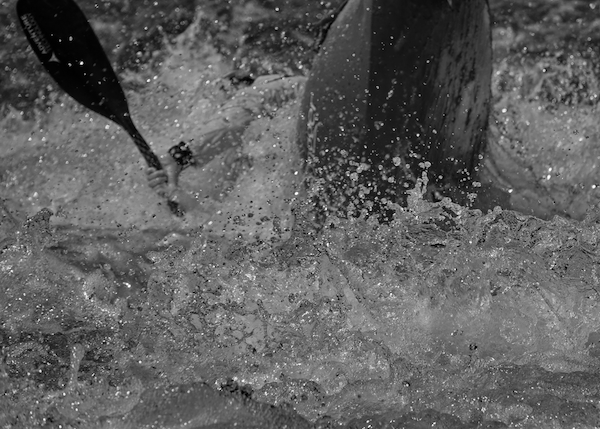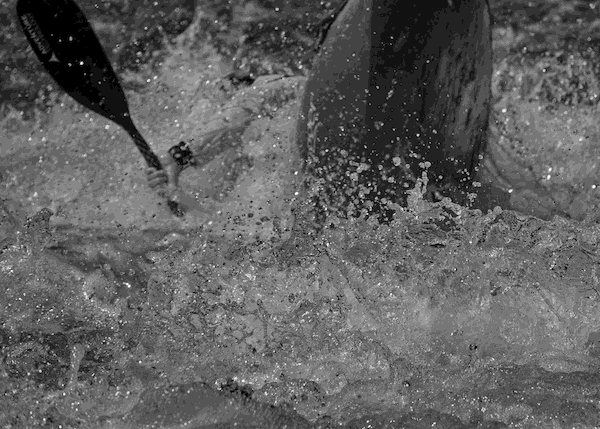Problems 1 & 2 due Wednesday, November 22
Problems 3 & 4 due Thursday, November 30
-
The following files contain an implementation, and some testing code, of a binary heap for use as a min-priority queue. You must complete the implementation of the class in the header file (
bin_heap.h), which you will use in follow-up questions. If you compile thebin_heap.cppfile run the resulting executable, it will allow you to test the heap by manually entering new elements (as value and key pairs) and observing the resulting heap as it repeatedly pops its min- key values. -
The following files contain C++ code and a text file with interstate highway route distances between cities across the United States. Use the priority queue (heap) you built in the previous part to implement Dijkstra's algorithm for finding the shortest routes between cities.
The
Graphclass defined ingraph.his very similar to that found in HW5, but slightly modified to incorporate edges with non-integer lengths. You should not need to modify it. Your task is to complete the implementations ofDijkstra()andget_path()inroutes.cppto obtain the path distances sought intest_shortest_paths(), which runs when the compiled code is executed from the command line.The
test_shortest_paths()function should print paths and path distances between:- New York to Los Angeles
- New York to Miami
- New York to Seattle
- New York to San Francisco
- New York to Boston
As in any problem you are trying to solve, it may help in your code development to create a smaller graph for testing purposes. Feel free to do that in this case on your own, creating a smaller city graph file from the one provided and having the program use your modified version until you have your program working.
-
Once again use your binary heap min-prority queue, this to compress the image displayed below. The top/left image uses 16-bit grayscale (i.e., 65536 luminance/brightness levels) and is 429x600 pixels. The bottom/right image has the same dimensions, but uses only 4 bits per pixel (16 luminance levels). However, it can be further compressed by using Huffman encoding by considering the pixel values as "letters" in an "alphabet" of the allowed luminance levels. For example, an 8-bit brightness scale has 256 "letters".
Complete/answer the following tasks/questions:
-
Complete the code in
huffman.cppto reduce/compress the image data. This file uses classes and functions defined inhuffman.handimage.h, which you probably want to look at for reference, but should not need to modify. Note that the image file is not actually encoded in a standard image file format, it is instead a text file containing a 429x600 matrix of pixel brightnesses (grayscale levels) for you to work with in C++ without having to install additional tools on your computer. -
Why does the compression factor (the ratio of the number of bits used to encode the image with and without Huffman encoding) typically improve as the number of grayscale levels are reduced? But why is it worse for 8 levels compared to 9 levels?
The brightness levels in the image matrix provided here are decimals between 0 and 1, but I don't actually care what their scale is. The
reduce_img_mat()function can change them to integers if you like. (For example, values {0, 0.125, 0.25, 0.375, 0.5, 0.625, 0.75, 0.875} or {0, 1, 2, 3, 4, 5, 6, 7} in the 3-bit case are both fine.) -
-
Extra credit: The greedy algorithm to solve the set cover problem presented in the text and lecture was shown to find a "near optimal" solution; i.e., not the smallest covering set, but only larger than the optimal solution by a factor of ln(|V|). Here, we will compare the greedy algorithm to one in which covering sets are randomly selected (to see how much better we can do by at least attempting to find a better solution with simple greedy approach), as well as implement an algorithm that finds the optimal solution. Finding the optimal solution will, however, prove intractable for large graphs, so you we will not attempt this for the large
egonetgraph.Suppose we would like to use a social network to launch some sort of advertising campaign, but we would like to limit the number of users we directly target with ads. Furthermore, suppose we believe that if one user gets exposed to the ad, they are highly likely to share it with all of their first-degree connections on the network. So we decide we would like to target the smallest set of individuals whose direct connections will cover the entire network.
We will use the same
egonetgraph from the last homework assignment. You may have noticed, however, that a handful of users had 0 connections. Here is a "reduced" version of the graph with those "empty" users removed:egonet_graph_noempty.txt.- Implement a greedy algorithm to select a subset of users in the egonet graph that will cover the entire graph with their first-degree connections.
- Implement an algorithm that randomly (rather than greedily) grows a subset of users that cover the graph, and compare the size of the one found in this way on the egonet graph to the size of the covering subset found with your greedy algorithm.
- Specify an algorithm that will find the optimal solution, and estimate its efficiency (e.g., approximately how many candidate subsets of users will test for set cover before one is found?) in big-O notation as a function of the number of vertices/users. (Note that it will not test all possible sets of users since we already know a limit on the size of the optimal covering subset.)
- Implement your algorithm above and test it by finding an optimal
solution to the school-placement problem from the text/lecture (chapter
5). You will need to create a text file with the relevant graph
(specified by an adjacency list) to load with the
read_adjacency_file()function.
Complete the above tasks by using/completing the following code files:
If you are running Windows and do not already know how to compile and execute C++ programs on your machine, these instructions should be helpful: https://cs.calvin.edu/courses/cs/112/resources/installingEclipse/cygwin/.
You should utilize resources online, such as http://www.cplusplus.com/reference/ if you aren't familiar with some of the C++ classes and data structures used here.
Email your code, answers, and the path distance matrix output file to
me ( ) by midnight on the due date,
and please email me for questions and clarifications before then.
) by midnight on the due date,
and please email me for questions and clarifications before then.

